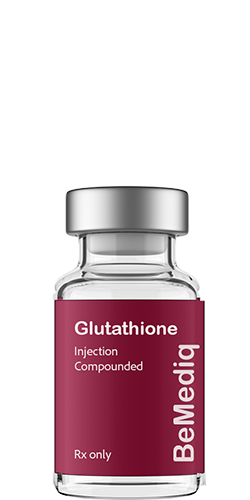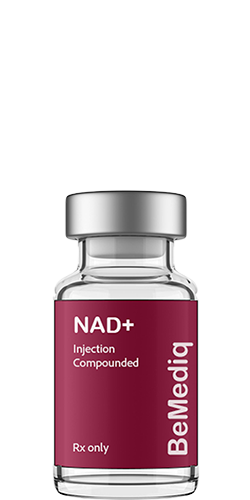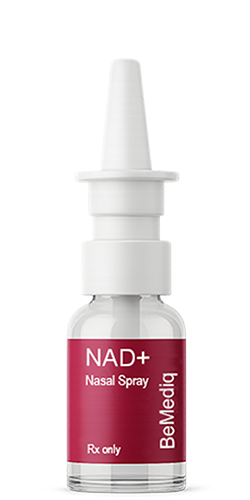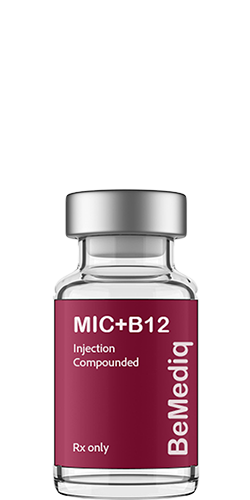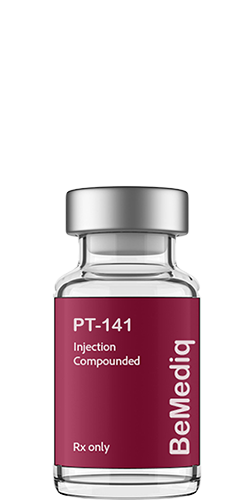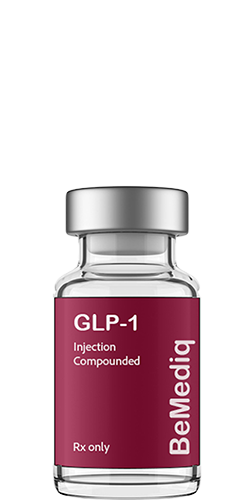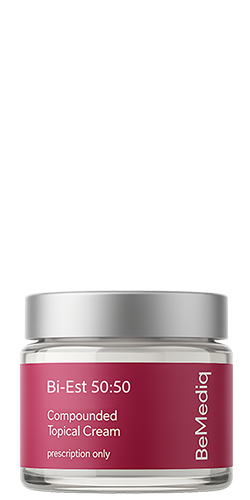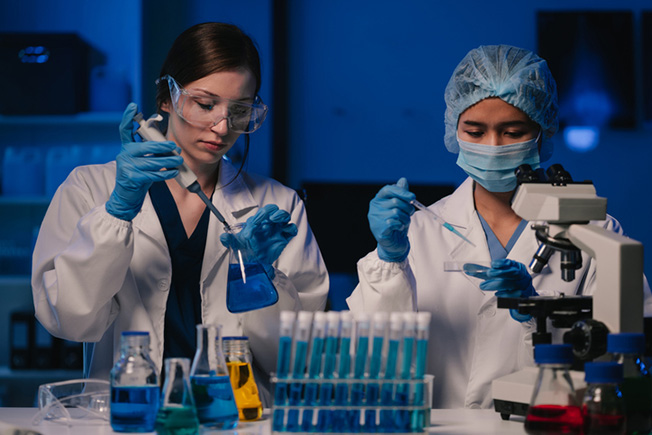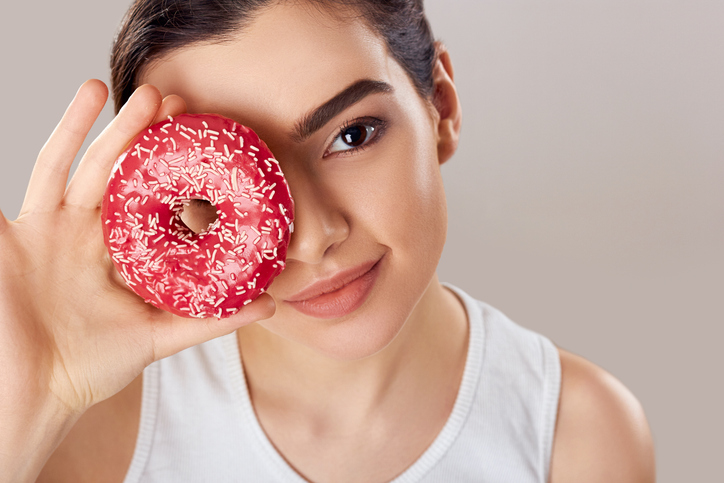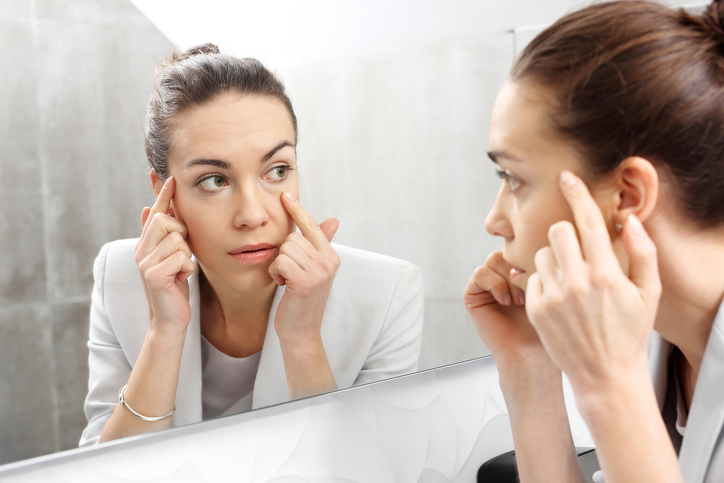Feeling tired, bloated, or moody during perimenopause? Discover how your liver helps balance estrogen, progesterone, cortisol, and testosterone
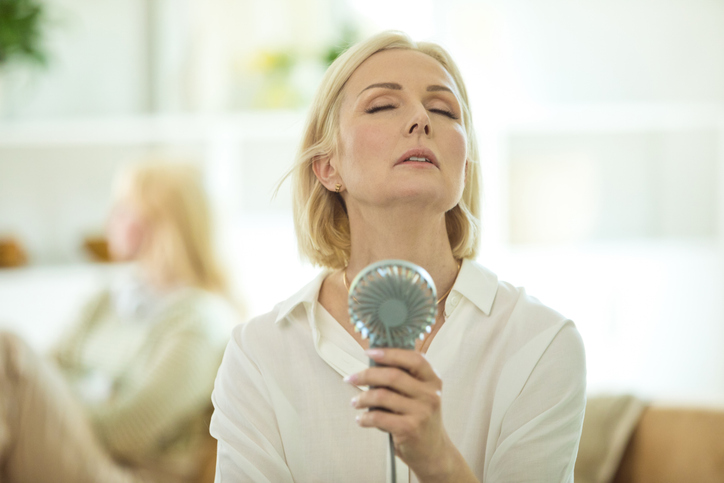
Introduction
Have you ever wondered why…
…your skin, once naturally radiant, now feels drier, less luminous — or why breakouts appear without warning?
…your hair seems to have lost some of its fullness, slipping through your fingers in a way it never used to?
…your jeans fit differently, even though your eating and exercise habits haven’t changed?
…your moods and energy levels feel like they’re running the show — and you’re just trying to keep up?
…your moods and energy levels swing — calm one day, anxious or fatigued the next?
…you wake up at 3 a.m., sweating or restless, even though you went to bed exhausted?
At first, you might dismiss these changes as stress, lack of sleep, or “just getting older.” But then they keep showing up — not as isolated events, but as a pattern. These aren’t random inconveniences. Yes, belly weight gain, breakouts, mood swings, hair loss are among the most common signs of perimenopause — the hormonal transition that can begin quietly in your late 30s and last well into your 40s or early 50s.[1], [2]
Perimenopause speaks to every layer of your being
And here’s the thing: perimenopause doesn’t speak to just one part of you. It speaks to three deeply connected levels of your life:
- Physical: irregular cycles, bloating, night sweats, stubborn weight gain, changes in skin and hair texture or volume.[3]
- Emotional: mood swings that seem to come from nowhere, flashes of irritability, moments of sudden anxiety.[4]
- Mental: brain fog that makes you forget mid-sentence, lapses in memory, difficulty focusing on tasks that once felt effortless.[5]
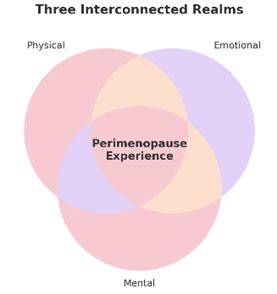
Some of these shifts are merely irritating — like irregular cycles or needing to reapply moisturizer more often. But others can quietly reshape your quality of life: the mental fog that affects your work performance, the emotional dips that strain relationships, the creeping sense of being “different” in social settings.
And then there’s the mirror. When skin loses its glow, when hair feels less vibrant, when your figure changes despite your best efforts — it’s not vanity. It’s about identity. It’s about the woman you feel you are on the inside not matching what you see on the outside. And that dissonance can subtly chip away at your confidence.
But here’s the truth: these changes are not just “part of getting older,” and they’re certainly not random. They often trace back to deeper biological shifts — and one of the most overlooked drivers is how your liver and gut are handling your changing hormonal landscape.[6]
You might be wondering — if hormones are the headline, what’s really working behind the scenes?
Behind the scenes of hormonal balance
Think of your body during perimenopause as an orchestra tuning before a performance. The instruments (your hormones) are playing different notes than before — sometimes louder, sometimes softer. But behind them, two quiet conductors are working to keep the music from turning into chaos: your liver and your gut.6
When they’re in sync,they help your body adapt gracefully to the shifting hormonal rhythm. When they’re under strain, every off-note — from mood swings to bloating — can feel amplified.
And that’s where the liver–hormone connection comes in.
Why Hormones Must Be Cleared — Rhythm Matters
When we think of perimenopause, most of us immediately think of hormones — or the lack of them. Hot flashes? Must be low estrogen. Mood swings? Probably progesterone. The conversation almost always turns to hormone replacement therapy — HRT, creams, supplements — as if adding more could restore balance.
And in some cases, bioidentical hormone therapy may indeed be helpful, especially when symptoms significantly affect quality of life and testing confirms low levels.
But here’s what’s often overlooked: balance isn’t just about how much hormone you have — it’s about how well your body can clear the hormones that are already there once their message has been delivered.
If that clearing process slows — for example, due to liver overload, stress, or inflammation — even the hormones your body still produces — or those you supplement — can start to overlap and send mixed signals.
This is why supporting your body’s natural detox and metabolism pathways is just as essential as restoring what’s missing.
Hormones are like beautifully timed notes in a symphony. Each one enters, plays its part —guiding your cycles, energy, skin, bones, and mood — and then fades out so the next movement can begin. If the body doesn’t clear these signals properly, yesterday’s hormones start overlapping with today’s rhythm. The result? A kind of hormonal “echo” that can feel like chaos — mood swings, bloating, breast tenderness, irregular cycles, or that wired-but-tired feeling so many women describe.
Your liver is the quiet conductor behind this process. It doesn’t just detoxify alcohol or medications — it also transforms and clears used hormones through enzymatic pathways, helping your body stay in sync. When that rhythm slows, the hormonal conversation gets noisy, and even small imbalances start to feel amplified.
Hormones are not meant to stay in your system forever. They are time-bound messengers —essential for cycles, fertility, bones, mood, skin, and sleep — but once their message is delivered, your liver helps them fade out so the next hormonal rhythm can begin. This rhythmic secretion and clearance are what keep your hormonal landscape in harmony. Otherwise, yesterday’s signals linger and distort today’s balance.[1]
Rhythmic Secretion — The Music of Your Hormones
Each hormone has its own rhythm, a distinct melody that rises and falls throughout the day or month— and together, they compose the symphony of your body’s balance.
In your twenties and thirties, estrogen and progesterone move in a graceful duet — estrogen rising before ovulation to lift mood, energy, and skin glow, while progesterone peaks afterward, bringing calm, warmth, and emotional steadiness.[2] But as you enter the perimenopausal years, this duet begins to lose its steady tempo. Ovulation may not occur every month, progesterone peaks become less predictable, and estrogen can surge or drop unexpectedly. These hormonal swings often explain why mood,sleep, and cycle length can feel erratic — not because your body is failing, but because it’s transitioning into a new rhythm.
Cortisol, the body’s natural wake-up hormone, follows a circadian rhythm — highest in the morning to energize you, gently fading at night to allow rest [3]. When stress becomes chronic, this rhythm can flatten, leaving you tired yet unable to fully relax.
Testosterone, though lower in women, still follows a daily rhythm — highest at dawn, fueling motivation, libido, and muscle tone, then tapering as the day unfolds.[4] [5].
Every hormone has its moment — a rise, a peak, and a gentle release. When the body can’t let go in time, old signals echo through the system. [6] You may feel it not as disease, but as dissonance — irritability, fatigue, restless sleep, or that subtle sense of being out of tune. What should feel like flow becomes friction— a reminder that hormonal harmony depends not only on production but on timely clearance, guided quietly by the liver.
What Happens When Hormones Aren’t Cleared
When your body’s rhythm flows smoothly, balance feels effortless — your cycle moves in tune, moods stay steady, sleep is deep, and energy feels alive in your skin.
But when that natural rhythm loses pace, hormones that should have moved on start to linger — and balance turns into background noise you can feel everyday.
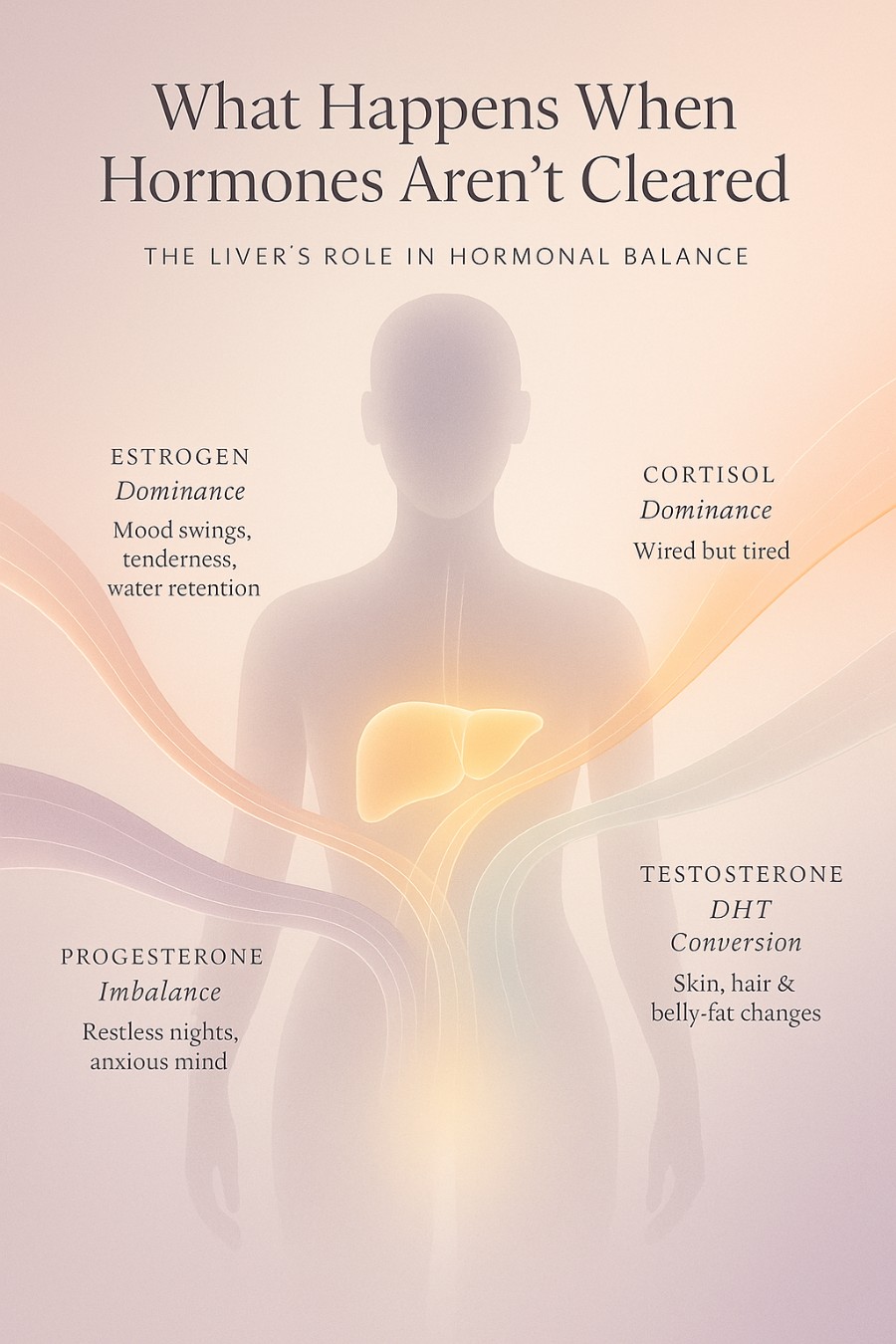
That’s when subtle shifts start to speak through your body:
Estrogen dominance
Estrogen dominance — when estrogen isn’t metabolized or excreted efficiently, the message repeats too long. It can feel like tenderness in your breasts, swelling before your period, heavier bleeding, or emotions that rise without warning.[7] [8]
Progesterone imbalance
Progesterone imbalance— often a quiet companion to irregular ovulation — can become more pronounced when estrogen isn’t efficiently cleared from the body. When that extra estrogen lingers, its presence grows louder, overshadowing progesterone’s calm and steady tone.
You might feel it as a restless kind of wakefulness at night, a racing mind or quickened heartbeat before sleep, or a luteal phase that seems to end too soon. It’s not always that your body has stopped producing enough — it’s that the rhythm has shifted, and estrogen’s echo has taken center stage [9].
Cortisol Overload
Cortisol overload — the residue of long days and little rest — keeps your nervous system on alert, stealing sleep, reshaping your waistline, and nudging blood sugar and blood pressure higher. [10]
Testosterone imbalance
Testosterone imbalance — when its conversionor detox pathways slow — may show up in the mirror: adult acne, stubborn abdominal fat, thinning hair at the crown, or more hair where you don’t expect it[11] [12] Like estrogen, testosterone depends on liver metabolism to be inactivated and excreted. When this process stalls, more active forms of testosterone may circulate longer — or convert into stronger metabolites such as DHT.
It’s not always about excess production — sometimes, it’s about the body holding on to what should have been released.
Supporting liver metabolism and detox pathways helps restore that inner rhythm — not by silencing your hormones, but by helping the body release what it no longer needs.
This is where your liver steps in. Through its two-step detoxification system — known as Phase I and Phase II metabolism — it transforms active hormones into inactive, water-soluble forms that can be safely excreted through bile or urine. .[13] [14] [15]
When this process slows, hormonal signals that should have faded overlap instead — the next wave crashing into the last — amplifying perimenopausal symptoms instead of easing them.
Your Preventive Takeaway
Efficient hormone clearance isn’t about “detoxing” more — it’s about supporting your body’s natural rhythm of transformation and release.
When the liver, gut, and stress systems work in sync, hormones can complete their cycle: delivering the message, then gracefully making space for what comes next.
Why the Liver-Hormone Axis Matters More After 40
Continue reading: Why the Liver-Homone Axis Matters More After 40
Disclaimer: These statements are for informational purposes only and have not been evaluated by the Food and Drug Administration. This content is not intended to diagnose,treat, cure, or prevent any disease. Always consult a licensed healthcare provider before starting any supplement or therapy.

Written by Elena Brull, FNR, Functional Nutrition Researcher & Women’s Health Journalist
About the Author
Elena Brull, FNR, is a Functional Nutrition Researcher and Women’s Health Journalist specializing in integrative approaches to hormonal balance, nutrition, and longevity. Her work combines evidence-based insights with holistic health principles to help women understand their biology and live in rhythm with it. She writes from a non-clinical, educational perspective — with the intention to inform and empower, not to diagnose or prescribe.
References:
[1] Santoro N, Randolph JF. Reproductive Hormones and the Menopause Transition. Obstet GynecolClin North Am. 2011; 38(3): 455-466. https://doi.org/10.1016/j.ogc.2011.05.004
[2] Harvard Health Publishing. Perimenopause: Rocky road to menopause. 2020 Perimenopause: Rocky road to menopause - Harvard Health.
[3] Santoro N, RandolphJF. Reproductive Hormones and the Menopause Transition. Obstet GynecolClin North Am. 2011; 38(3): 455-466. https://doi.org/10.1016/j.ogc.2011.05.004
[4] Gordon JL, et al. Premenstrual Mood Symptoms in the Perimenopause, Review Curr PsychiatryRep. 2021 Oct 6;23(11):73. PMID: 34613495 DOI: 10.1007/s11920-021-01285-1, Premenstrual Mood Symptoms in the Perimenopause - PubMed.
[5] Weber MT, et al. Cognitionand mood in perimenopause: A review. Climacteric. 2014;17(5):515-527. https://doi.org/10.1016/j.jsbmb.2013.06.001
[6] Baker JM, et al. Estrogen–gutmicrobiome axis: Physiological and clinical implications. Maturitas.2017;103:45-53. Estrogen–gutmicrobiome axis: Physiological and clinical implications - Maturitas
[7] Kern F Jr, Erfling W,Simon FR, Dahl R, Mallory A, Starzl TE. Hepatic metabolism of sex steroids and its significance in normal and cirrhotic man. Gastroenterology. 1978 May;74(5 Pt 1):859–866. doi: 10.1016/0016-5085(78)90860-0.
[8] Stricker R, Eberhart R, Chevailler MC, Quinn FA, Bischof P, Stricker R. Establishment of detailed reference values for luteinizing hormone, follicle stimulating hormone,estradiol, and progesterone during different phases of the menstrual cycle on the Abbott ARCHITECT analyzer. Clin Chem Lab Med. 2006;44(7): 883–887. doi:10.1515/CCLM.2006.160. PMID: 16776638
[9] Weitzman ED,Fukushima D, Nogeire C, Roffwarg H, Gallagher TF, Hellman L. Twenty-four hour pattern of the episodic secretion of cortisol in normal subjects. JClin Endocrinol Metab. 1971 Jul;33(1):14–22. doi: 10.1210/jcem-33-1-14.
[10] Davison SL, Bell R,Donath S, Montalto JG, Davis SR. Androgen levels in adult females: Changeswith age, menopause, and oophorectomy. J Clin Endocrinol Metab. 2005Jul;90(7):3847–3853. doi:10.1210/jc.2005-0212. PMID: 15840754. https://academic.oup.com/jcem/article-abstract/90/7/3847/2837204
[11] Roney JR, Simmons ZL.Hormonal predictors of sexual motivation in natural menstrual cycles.
Horm Behav. 2013 Apr; 63(4):636–645. doi:10.1016/j.yhbeh.2013.02.013. PMID:23601091. https://pubmed.ncbi.nlm.nih.gov/23601091/
[12] Abraham GE, LobotskyJ, Lloyd CW. Metabolism of testosterone and androstenedione in normal and ovariectomized women. J Clin Invest. 1969 Apr;48(4):696–703. doi:10.1172/JCI106027. PMID: 5774107; PMCID: PMC322274.
[13] Ezhilarasan D. Criticalrole of estrogen in the progression of chronic liver diseases. Hepatobiliary Pancreat Dis Int. 2020 Oct;19(5):429–434. doi:10.1016/j.hbpd.2020.03.011. PMID: 32299655.
[14] Chabbert-Buffet N,Ferrero S, Doret M, El Hajj S, Fares N, Gompel A. From liver to hormones:The endocrine consequences of cirrhosis. World J Gastroenterol. 2024 Mar7;30(9):1073–1095. doi:10.3748/wjg.v30.i9.1073. PMID: 38577191; PMCID:PMC10989500.
[15] Prior JC. Progesterone for symptomatic perimenopausetreatment—progesterone politics, physiology and potential for perimenopause. Facts Views Vis Obgyn. 2011;3(1):13–23. PMID: 24753856
[16] Weitzman ED,Fukushima D, Nogeire C, Roffwarg H, Gallagher TF, Hellman L. Twenty-four hour pattern of the episodic secretion of cortisol in normal subjects. JClin Endocrinol Metab. 1971 Jul;33(1):14–22. doi: 10.1210/jcem-33-1-14.
[17] Carmina E, Azziz R,Bergfeld W, Escobar-Morreale HF, Futterweit W, Huddleston H, Lobo R, Olsen E. Femalepattern hair loss and androgen excess: A report from the multidisciplinary androgen excess and PCOS Committee. J Clin Endocrinol Metab. 2019Jul;104(7):2875–2891. doi:10.1210/jc.2018-02548, PMID: 30785992.
[18] Azziz R, et al. Androgen excess in women: experience with over 1000 consecutive patients. J Clin Endocrinol Metab. 2004;89(2):453–462. doi:10.1210/jc.2003-031122, PMID: 14764747
[19] Hu DG, Mackenzie PI. The Expression Profiles and Deregulation of UDP-Glycosyltransferase (UGT) Genes in Human Cancers and Their Association with Clinical Outcomes. PMCID:PMC8430925 PMID: 34503303.
[20] Kasarinaite A, SintonM, Saunders PTK, Hay DC. The Influence of Sex Hormones in Liver Function and Disease. Cells. 2023 Jun 11;12(12):1604. doi: 10.3390/cells12121604. PMCID:PMC10296738. PMID: 37371074.
[21] Yoshitsugu M, Ihori M. Endocrine disturbances in liver cirrhosis-focused on sex hormones. Nihon Rinsho. 1997 Nov;55(11):3011–3015. PMID: 9396303. https://pubmed.ncbi.nlm.nih.gov/9396303
[22] Chabbert-Buffet N,Ferrero S, Doret M, El Hajj S, Fares N, Gompel A. From liver to hormones:The endocrine consequences of cirrhosis. World J Gastroenterol. 2024 Mar7;30(9):1073–1095. doi:10.3748/wjg.v30.i9.1073. PMID: 38577191; PMCID:PMC10989500.

